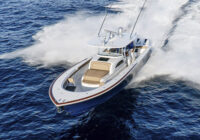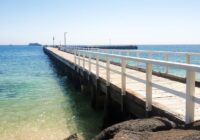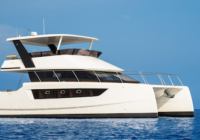Don’t miss out: The former Marine Biological Station at Camp Cove in Watsons Bay is opening its doors to visitors for the first time in more than 7 years!
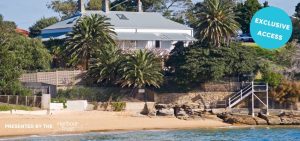
Running on Saturday 22 February, the Marine Biological Station Open Day is a rare opportunity to explore this significant sandstone cottage. Inscribed on the Commonwealth Heritage List in 2004, the former Marine Biological Station is notable for being the first facility of its kind in the Southern Hemisphere as well as one of Watson Bay’s initial buildings. It originally served as a research station for Nicolas Miklouho-Maclay – a prominent Russian scientist interested in local marine life.
This is a FREE event; however, spots are very limited so we require people to register for tickets. Further, entry is capped at 30 minutes per person. Tickets available for 4 timeslots.
Hot tip: Make the most of summer! After you’ve explored the station, take a dip at nearby Camp Cove Beach.
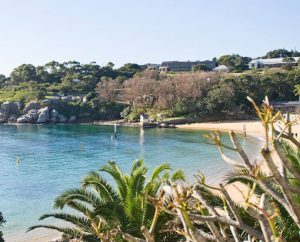
Book tickets
Although this is a free event, spots are very limited so we require people to register their attendance.
On the day, attendees will be able to explore the station at their own pace for up to 30 minutes. Plus, our friendly staff will be stationed throughout the building, ready to answer questions and share historical information. Choose from 4 available timeslots: 11am, 11:45am, 12:30pm and 1:15pm.
History
Designed by prominent colonial architect John Kirkpatrick, the former Marine Biological Station is recognised as the first biological research station in the Southern Hemisphere.
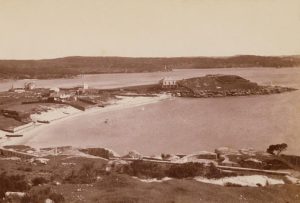
[Image credit: The Former Marine Biological Station at Camp Cove, circa 1881, State library of NSW, FL1228185]





